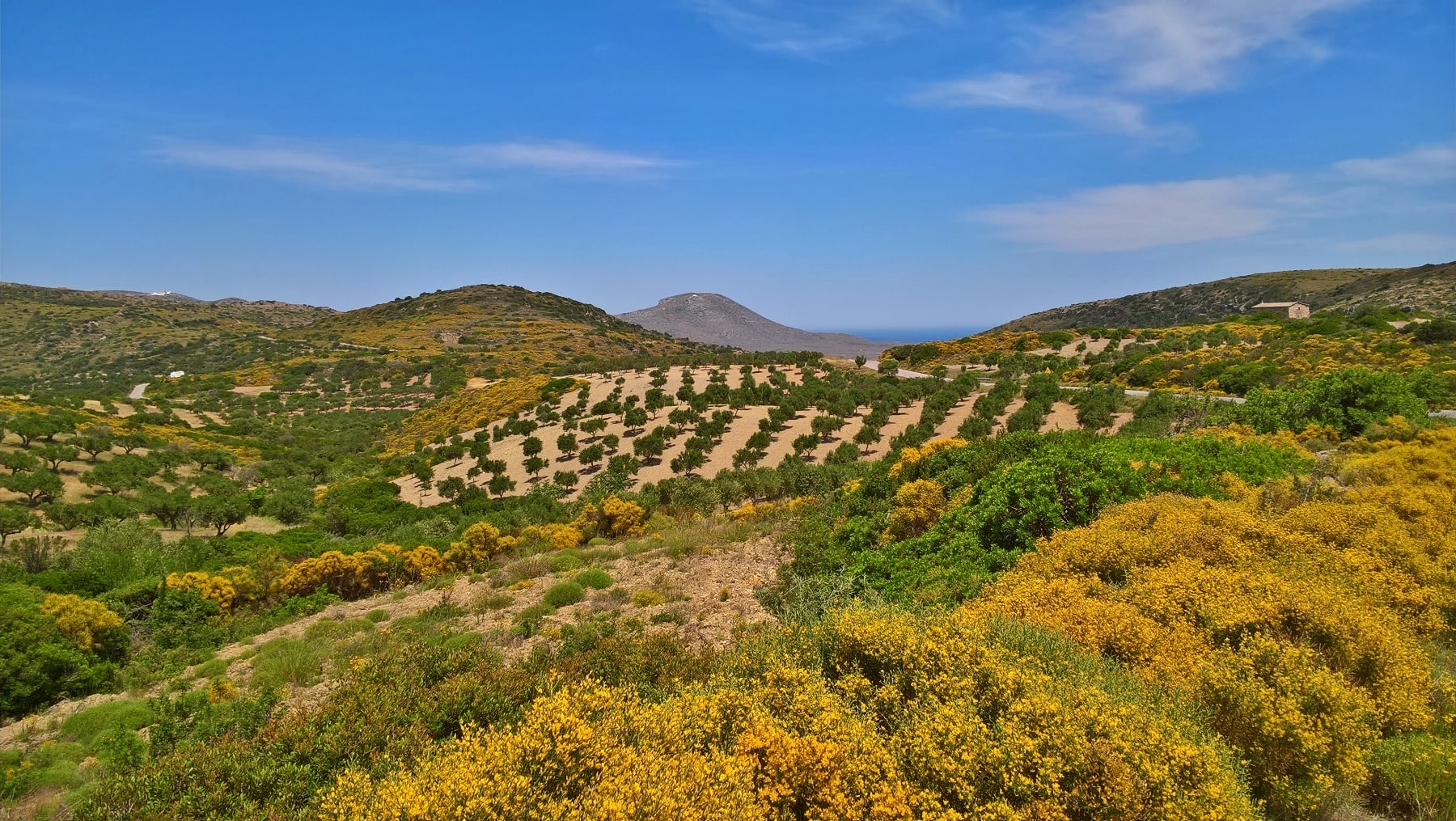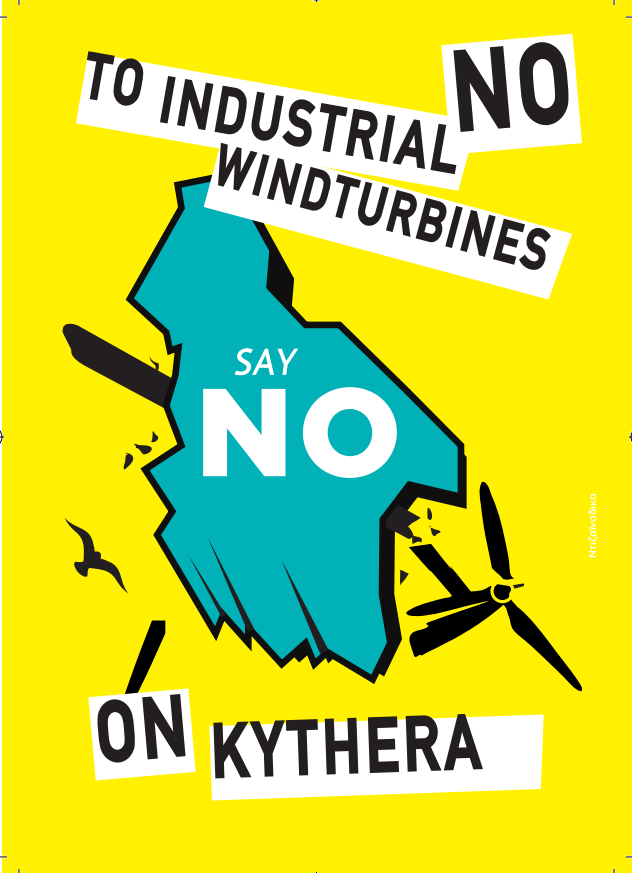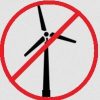The transportation problem
The most cursory glance at a map of Kythera and the slightest familiarity with the nature of the terrain makes it glaringly obvious that locating wind farms on the island must consider the issue of transportation: simply put, how will the oversized components of these gigantic constructs get to where they are to installed, given the primitive state of the island’s road network?
Even in the United States, with its vast multi-lane highway and railway networks, the problems are considerable. According to an article in the NY Times, “Some blades are already more than 50 yards long, and those are ‘reaching the limits of what you can ship on the Interstate or on rail cars,’ said Peter Stricker, the vice president for strategic project development at Clipper Windpower, a wind developer and manufacturer”.* Here are some unedited extracts from a neutral technical report produced in 2016 for the National Renewable Energy Laboratory:**
“Trucking … can require up to eight oversized loads for a single turbine—one for the nacelle, three for the blades, and four for the tower sections”.
“The most common theme across the literature is related to the challenges associated with the size and weight of wind components. Simply put, wind turbines are large, heavy, and extremely difficult to transport. The dimensions and weight of wind components place limits on the types of feasible routes, due to the larger turning radius, tall clearance requirements, and road weight restrictions of the OSOW [oversized and overweight] loads. Indeed, due to the limits placed on the size and weight of turbine components, those that are too heavy for a particular mode or too big to fit under older bridges must traverse an alternate, and potentially more costly, route”.

“Turbines are large and heavy, and therefore difficult to transport by nature. Size barriers exist across all modes, although they are more prolific for trucking. Barriers are related to curvature and turning radiuses, road-weight limits, street overhangs, vertical and horizontal clearances of tunnels and bridges, and even permitting barriers through certain jurisdictions.”
“The permitting process is a negotiated process, and during these negotiations, the industry must be able to justify why traveling through a particular jurisdiction is safe and economically beneficial. The industry must be able to justify how transporting OSOW components is safe for traffic and road integrity, and at the same time, they must be able to prove that transportation will stimulate jobs and the economy, whether through direct or indirect stimulus.”
SOURCES:
1) “Slow, Costly and Often Dangerous Road to Wind Power”, Kate Galbraith, NY Times 22/07/2009 Click here to view the whole article.
2) Transportation of Large Wind Components: A Review of Existing Geospatial Data; Meghan Mooney and Galen Maclaurin. National Renewable Energy Laboratory Technical Report NREL/TP-6A20-67014 September 2016
The full report can be downloaded here.


